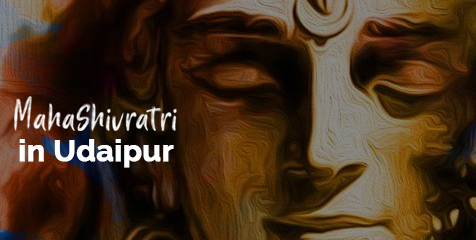Posted inEvents
माटी बचाने के लिए सद्गुरु निकले बाइक पर, पहुंचे उदयपुर
ईशा फाउंडेशन के सद्गुरु, यानि जग्गी वासुदेव बुधवार को उदयपुर शहर पहुंचे। शहर में उनका ज़ोरों-शोरों से स्वागत किया गया। मेवाड़ पूर्व राजपरिवार के सदस्य लक्ष्यराज सिंह जी ने सिटी…

